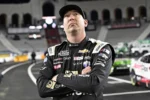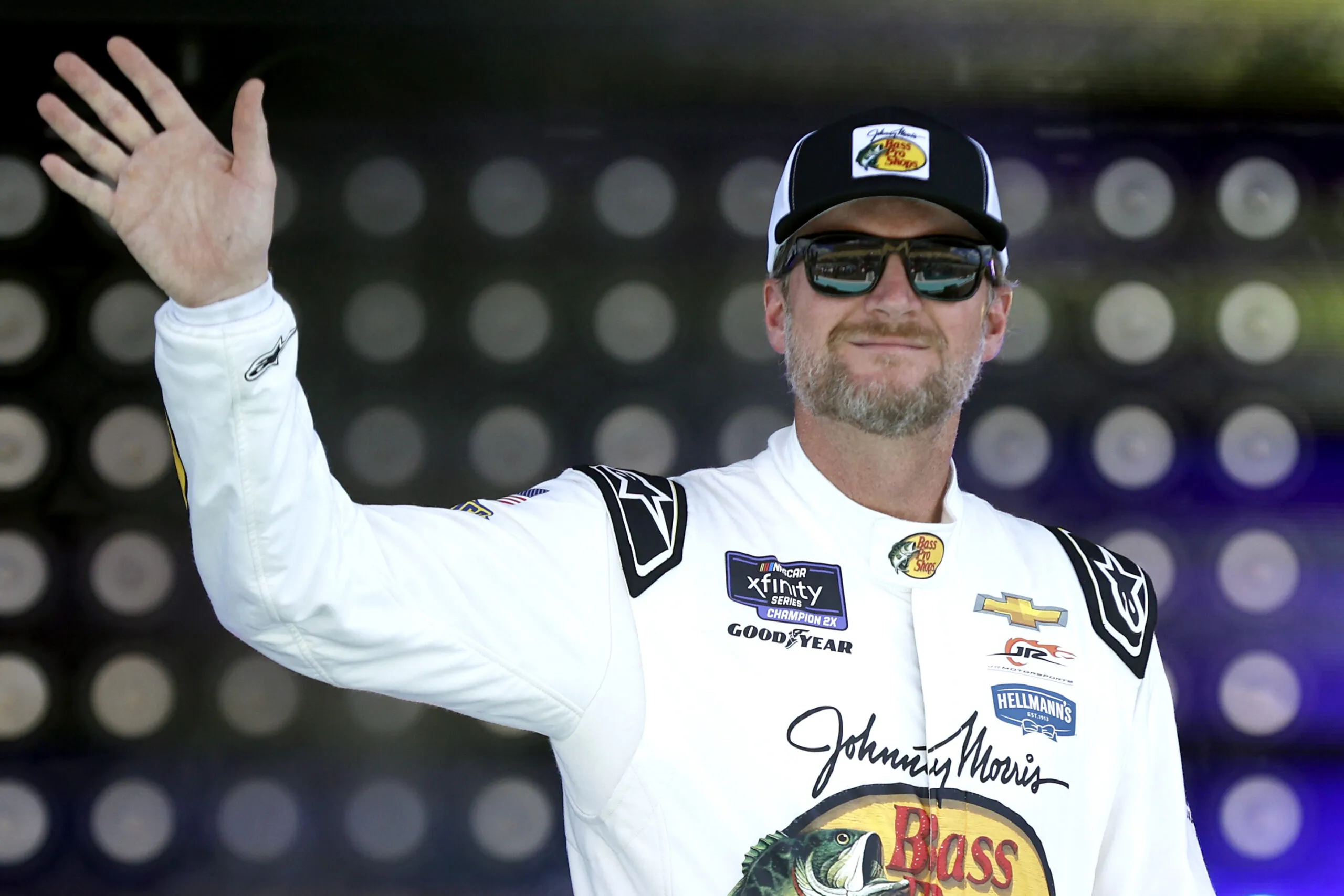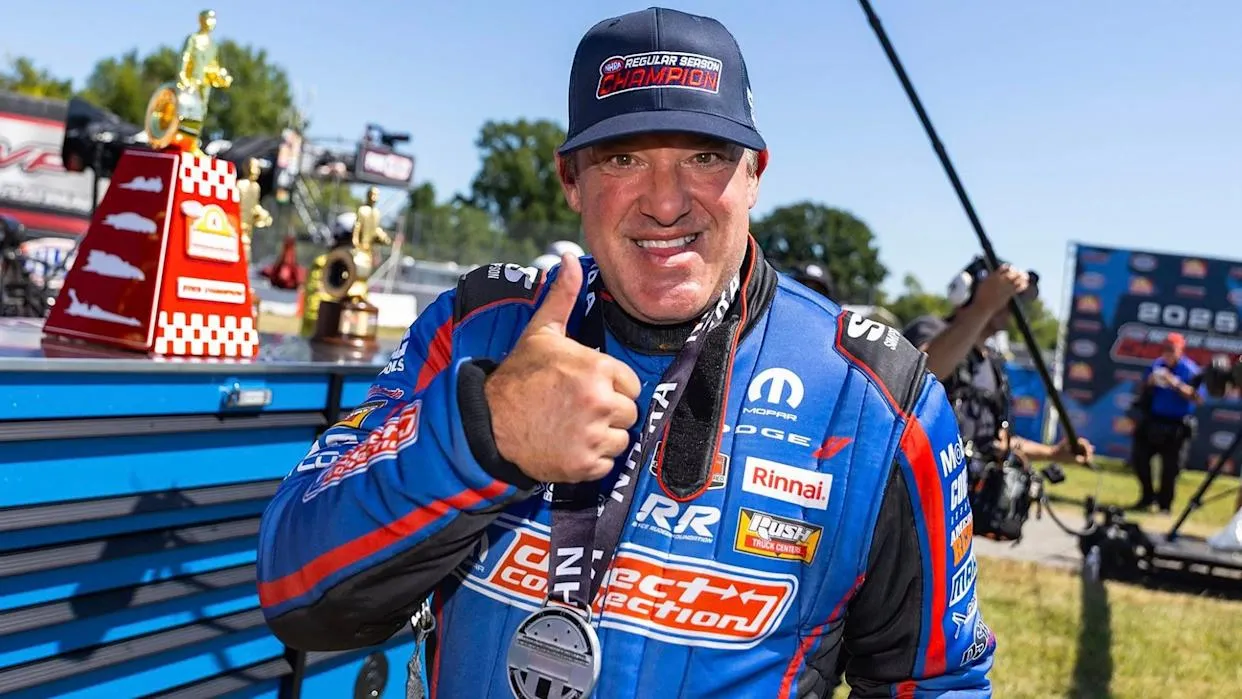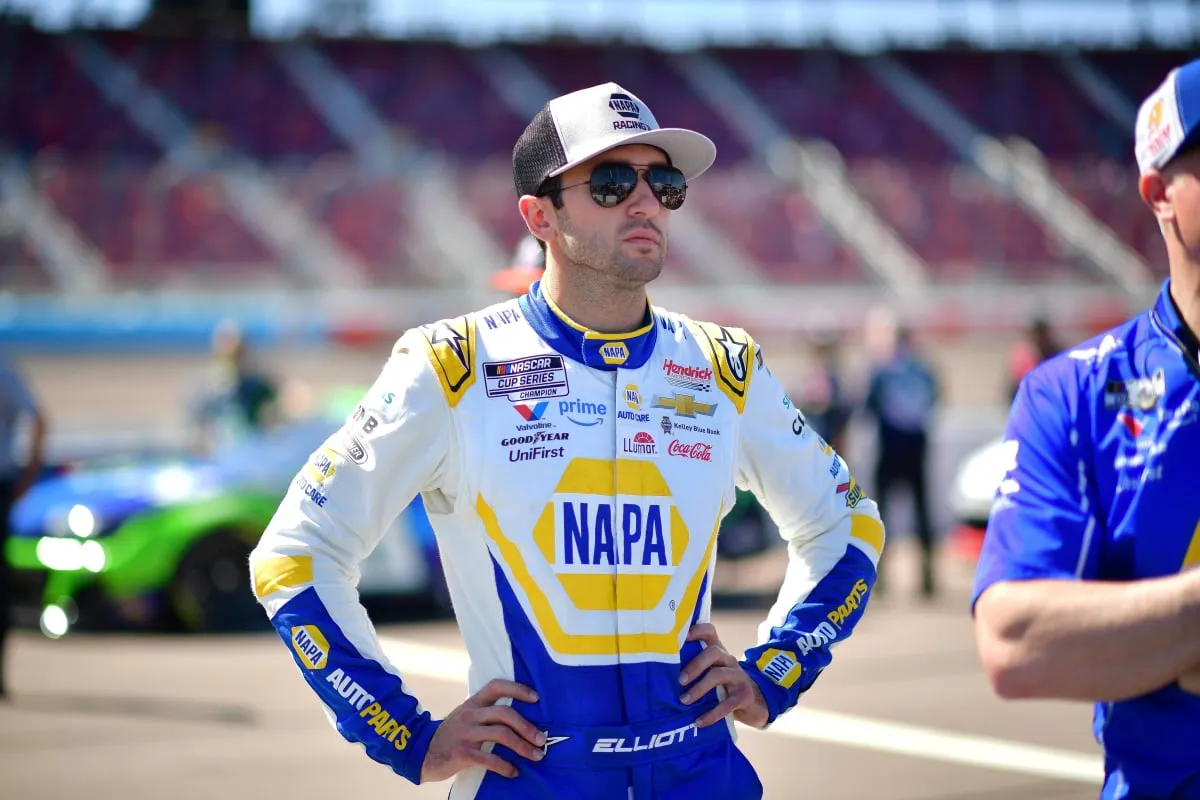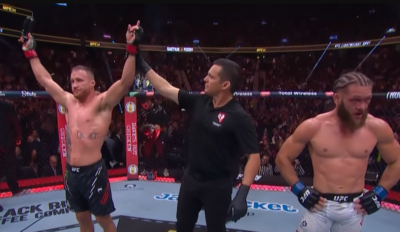

Joey Logano caught in the middle of NASCAR’s heated Goodyear’s option tire debate
In the world of NASCAR, where strategy and split-second decisions can make or break a race, the introduction of Goodyear’s “option tire” has sparked one of the most polarizing debates of the 2025 season. This softer, high-grip tire was designed to add an extra layer of strategy to races, particularly on short tracks. However, while it has provided excitement and unpredictability, it has also raised concerns about fairness and the integrity of competition.
One driver caught in the middle of this debate is Joey Logano, the reigning NASCAR Cup Series champion. His experiences in the 2025 season illustrate the highs and lows of this new tire strategy, leaving him conflicted about whether it is truly beneficial for the sport.
A New Era of NASCAR Tire Strategy
Goodyear’s option tire was introduced with one primary goal: to improve racing at short tracks like Phoenix Raceway, where the NASCAR Championship race is held. The concept was simple—teams would be given a limited number of these softer tires, which provide extra grip but wear out faster than the standard tires. This created a trade-off: drivers could gain immediate speed advantages but risk losing performance over the course of a run.
The hope was that this strategy would lead to more overtaking and strategic diversity, preventing races from becoming stagnant. However, as the 2025 Phoenix race demonstrated, the impact of the option tire was much more complex than anticipated.
Logano’s Initial Support for the Option Tire
Before the Phoenix race, Logano was optimistic about the new tire strategy. Speaking to reporters, he expressed his support for NASCAR’s latest innovation, stating:
“I kind of like the option thing… Some people see it as possibly gimmicky, but I don’t see it that way at all. I do think it’s better for the sport.”
His reasoning was clear—if the option tire could improve the quality of racing, it would be a win for both drivers and fans. However, after experiencing the tire firsthand at Phoenix, his enthusiasm turned into uncertainty.
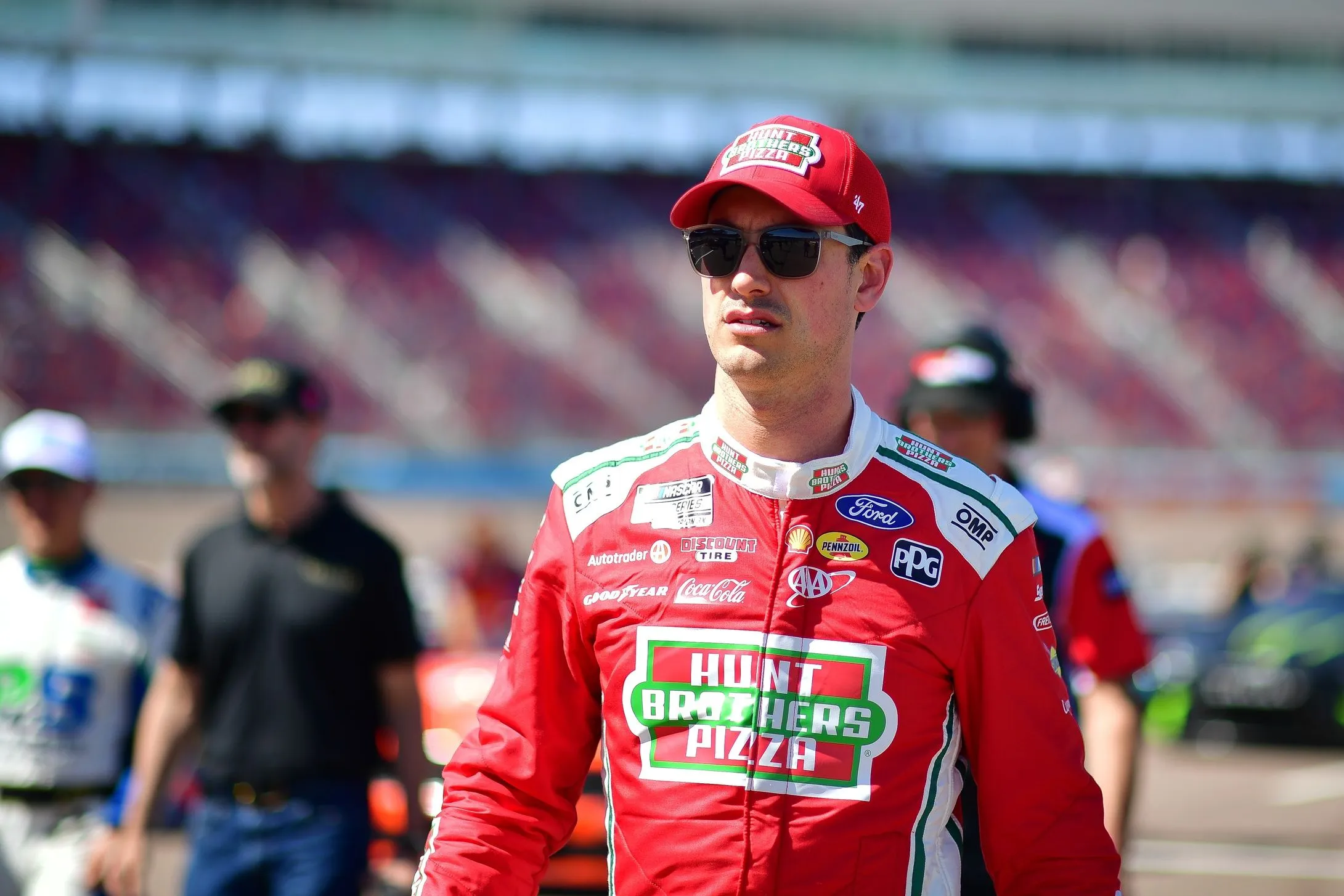
The 2025 Phoenix Race: A Tire Gamble
The Phoenix Raceway event served as the first real test for the option tire. Each team was allotted six sets of primary tires and two sets of the softer option tires. This setup encouraged teams to think strategically about when to deploy their grip advantage while managing potential tire degradation.
For Logano, the race became a case study in how the option tire could impact results. After receiving a restart violation on Lap 18, he was shuffled to the back of the pack. To recover, his team made a bold call—switching him to the softer option tires at the beginning of Stage 2.
The move paid off in the short term. Logano charged through the field, using the enhanced grip to gain positions quickly. By the end of the stage, he was back in contention. However, as the race wore on, the tire wear issue became apparent. With his option tires fading, Logano struggled to maintain pace and ultimately finished 13th, far from the podium position he had hoped for.
The Conflict: Speed vs. Fairness
After Phoenix, Logano found himself on the fence about the effectiveness of the option tire. While he acknowledged the excitement it created, he also questioned whether it was fair to penalize the fastest cars in favor of teams that managed their tires differently.
Speaking on SiriusXM NASCAR Radio, Logano voiced his internal conflict:
“Having the option tire, I think, is kind of cool because there’s a lot of comers and goers. There’s a lot of strategy, a lot to the chess match… But on the other hand, the cars that are the fastest aren’t earning the most points. And does that seem fair?”
His concern was that the fastest drivers—those who traditionally dominate races on skill and car performance—might be at a disadvantage simply due to tire strategy. This raised an important question: Should strategy determine race winners more than raw speed?
A Case Study: Ty Dillon’s Surprise Run
One of the most surprising beneficiaries of the option tire strategy at Phoenix was Ty Dillon.
Dillon, who had gone a lap down early in the race, managed to work his way back into contention using a clever tire management strategy. By saving his option tires for the right moments, he surged into the top 3 late in the race, despite not having one of the fastest cars.
Logano took note of this, saying:
“The 10 [Ty Dillon] went down a lap early in the race. Was not a very fast car. All of a sudden, they’ve saved tires, did the right things, and boom, they’re like top-3! Kudos to them… But at the same time, you got a car that wasn’t really that fast taking points from a faster car.”
This dynamic left Logano wondering whether tire strategy was too powerful, effectively allowing slower cars to outperform the faster ones through pit decisions alone.
Goodyear’s Verdict: A Success or a Gimmick?
Despite the controversy, Goodyear and NASCAR officials viewed the Phoenix experiment as a success. The option tires produced passing opportunities that wouldn’t have been possible with the primary tires alone.
A Goodyear spokesperson summed up their perspective:
“We saw drivers make their way through the field in ways that wouldn’t have been possible with just the primary tires.”
Beyond Ty Dillon, Ryan Preece also benefited from the option tire, rocketing from 29th to 3rd in just one stage. Austin Cindric and Erik Jones similarly made strong late-race charges using the softer compound.
Yet, the question remains—does this make for better racing, or does it feel like an artificial gimmick?
Diverging Opinions in the NASCAR Community
As expected, the NASCAR community is split on the issue.
-
Supporters, including Richard Childress Racing’s crew chief Richard Boswell, argue that the option tire adds a fresh, strategic element to races. Boswell believes NASCAR should continue developing the tire concept to further enhance competition.
-
Critics, including Kevin Harvick, have called the tire a gimmick that disrupts the purity of racing. Harvick has been one of the most vocal opponents, saying:
“This feels like it’s rewarding teams for tire strategy rather than outright speed. I don’t like that.”
With such mixed reactions, NASCAR faces a tough decision on whether to keep the option tire for future races—especially the Championship race at Phoenix.
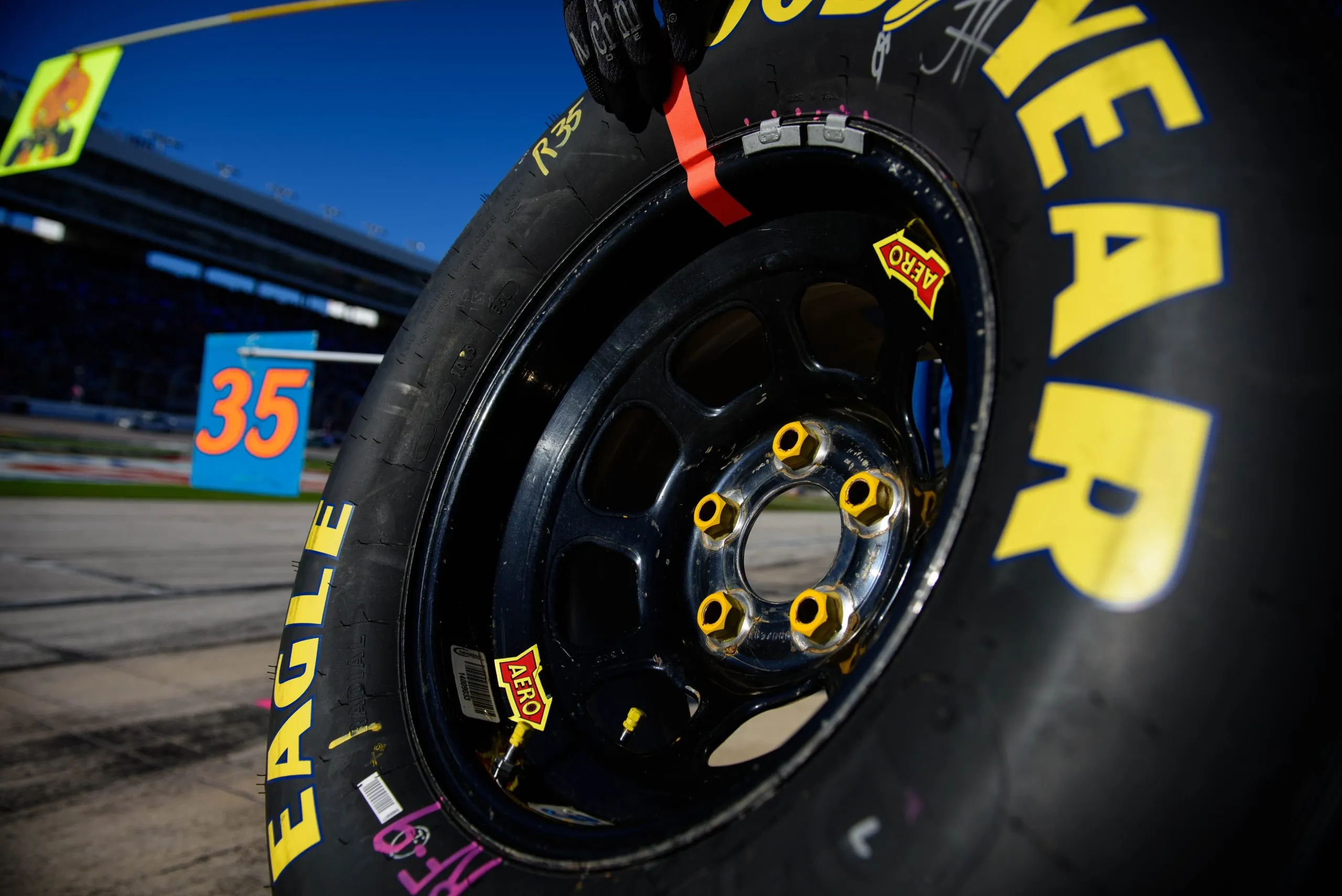
What’s Next for Logano?
As for Joey Logano, he remains torn on the issue. He has seen firsthand how the option tire can help and hurt drivers, making it difficult to take a firm stance.
His 2025 season has already been filled with frustrations, from a crash at Daytona to a restart penalty at Phoenix and a pit stop fiasco in Las Vegas. As NASCAR evaluates the future of the option tire, Logano will be watching closely—knowing that tire strategy could make or break his chances of winning a fourth Cup Series title.
Conclusion: A Debate That’s Far from Over
Goodyear’s option tire has certainly changed the dynamics of NASCAR racing. While it has added excitement and strategy, it has also raised serious questions about fairness and competition.
Will NASCAR keep the option tire, tweak it, or abandon it altogether? The debate is far from over, and drivers like Joey Logano will be key voices in shaping the sport’s future.
What do fans think? Does the option tire make NASCAR more exciting, or does it feel too much like a gimmick? The answer may determine how NASCAR moves forward into 2026 and beyond.



